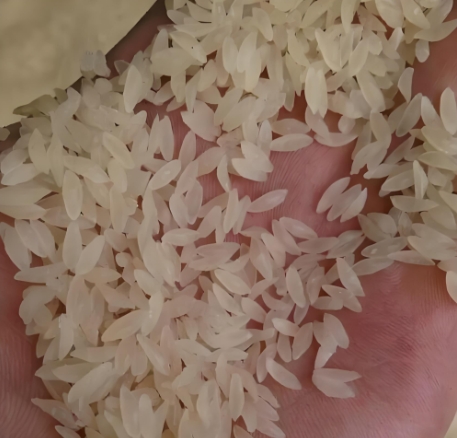Come produrre il riso istantaneo?
Instant rice production line instant rice making machine
Toggle1. Selezione della materia prima
- High-quality long-grain or medium-grain rice is preferred for better texture after rehydration.
- The rice should be clean, free from impurities, and have low broken grain content.
2. Cleaning & Washing
- Rice is passed through sieves and destoners to remove dust, husks, and foreign particles.
- It is then washed thoroughly to eliminate surface starch, which prevents clumping during processing.
3. Soaking
- The rice is soaked in warm water (50-70°C) for 30-90 minutes to soften the grains and reduce cooking time.
- Some manufacturers use alkaline solutions (e.g., sodium bicarbonate) to improve texture.
4. Parboiling (Optional but Common)
- The soaked rice is partially cooked (parboiled) with steam or boiling water to gelatinize the starch.
- This step improves nutritional retention and reduces breakage during drying.
5. Steaming & Cooking
- The rice is fully cooked using steam or boiling water until it reaches the desired softness.
- Overcooking should be avoided to prevent mushiness.
6. Drying Process
- Hot Air Drying: The cooked rice is dried in a fluidized bed dryer or belt dryer at 60-80°C to reduce moisture to 8-12%.
- Freeze Drying (Premium Quality): For better texture, rice can be freeze-dried, but this method is more expensive.
7. Cooling & Conditioning
- The dried rice is cooled to room temperature to prevent condensation in packaging.
- It may be conditioned for 24 hours to allow moisture equalization.
8. Fluffing & Separation
- The dried rice grains may stick together, so they are passed through a vibrating sieve or fluffer to separate them.
9. Fortification (Optional)
- Vitamins and minerals (e.g., iron, B vitamins) can be sprayed onto the rice to enhance nutritional value.
10. Packaging
- The instant rice is packed in airtight, moisture-proof bags o retort pouches per prolungare la durata di conservazione.
- Risciacquo con azoto may be used to prevent oxidation.
11. Quality Control
- Contenuto di umidità (should be below 12%)
- Rehydration test (rice should fully cook in 5-10 minutes in boiling water)
- Sicurezza microbica (must comply with food safety standards)
Conclusione
Instant rice production involves cleaning, soaking, cooking, drying, and packaging to create a convenient, shelf-stable product. By controlling processing parameters, manufacturers can ensure quick rehydration, good texture, and long shelf life.
Would you like additional details on any specific step, such as freeze-drying or fortification?
Visualizzazioni post: 204








